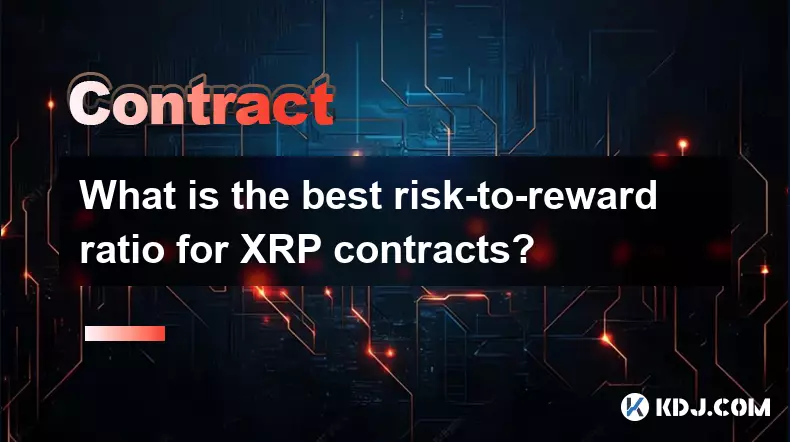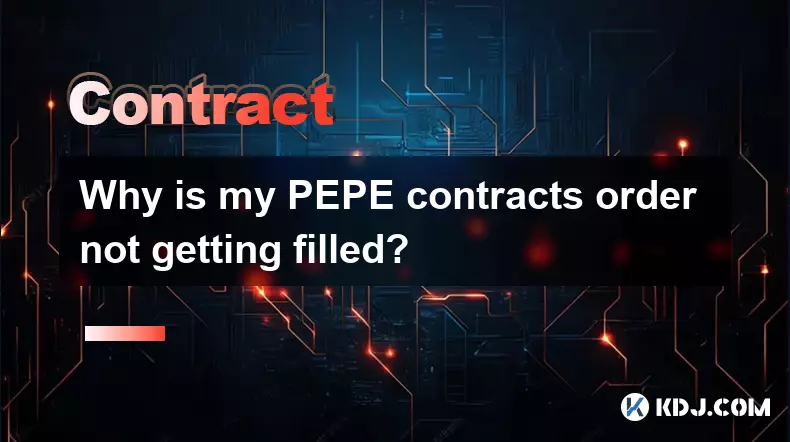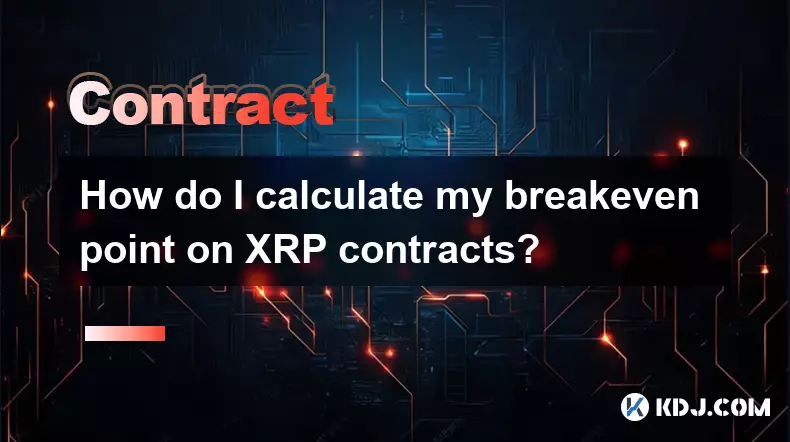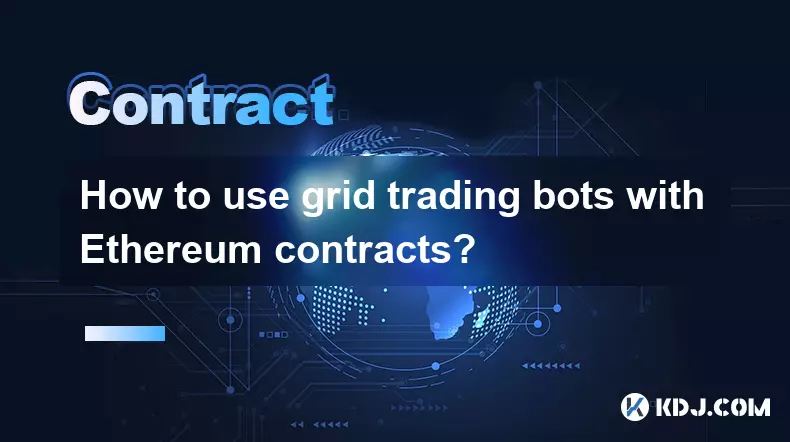-
 bitcoin
bitcoin $115692.075601 USD
5.13% -
 ethereum
ethereum $4162.931611 USD
11.68% -
 bnb
bnb $1310.063287 USD
17.56% -
 tether
tether $1.000983 USD
0.00% -
 xrp
xrp $2.534505 USD
8.16% -
 solana
solana $198.235737 USD
13.49% -
 usd-coin
usd-coin $1.000236 USD
0.02% -
 dogecoin
dogecoin $0.207352 USD
12.89% -
 tron
tron $0.323043 USD
3.62% -
 cardano
cardano $0.701559 USD
11.88% -
 hyperliquid
hyperliquid $39.924597 USD
8.30% -
 chainlink
chainlink $18.934457 USD
11.56% -
 ethena-usde
ethena-usde $1.000552 USD
0.02% -
 stellar
stellar $0.340575 USD
7.05% -
 bitcoin-cash
bitcoin-cash $545.011757 USD
8.86%
How do I adjust the leverage of Dogecoin contracts after opening a position?
Adjusting leverage in Dogecoin futures changes your margin and liquidation price, increasing risk if raised or improving safety if lowered—always confirm platform rules and market conditions before making changes.
Sep 24, 2025 at 01:00 pm

Understanding Leverage in Dogecoin Futures Trading
1. Leverage allows traders to control a larger position using a smaller amount of capital. In the context of Dogecoin futures, this means you can amplify both potential gains and losses. Most cryptocurrency exchanges offering derivatives support adjustable leverage, but the process varies depending on the platform.
2. Once a position is opened, modifying leverage isn’t always straightforward. Some exchanges permit changes while the position remains active, whereas others restrict adjustments until new positions are created. Traders must familiarize themselves with the specific rules of their chosen exchange.
3. Adjusting leverage after opening a position affects your margin requirements and liquidation price. Increasing leverage reduces the buffer against adverse price movements, raising the risk of liquidation. Conversely, decreasing leverage enhances safety by widening the distance to the liquidation threshold.
4. The interface for changing leverage typically appears within the trading panel or order management section. Look for options labeled “Leverage,” “Adjust Leverage,” or similar terms near your open position details.
5. Always confirm the impact of leverage changes on your liquidation price before confirming any adjustment. Unexpected shifts in market volatility can make high-leverage positions extremely vulnerable.
Steps to Modify Leverage on Major Exchanges
1. On Binance, navigate to the Futures tab and locate your open Dogecoin (DOGE/USDT) position. Click the “Edit” icon next to the leverage display. A pop-up will allow you to select a new leverage level. Confirm the change, and the system will instantly recalculate your margin and liquidation price.
2. Bybit offers a similar workflow. Within the active position box, find the current leverage value. Click it, choose the desired multiplier from the dropdown menu, and apply. The platform provides real-time feedback on how the change influences your risk exposure.
3. OKX users should go to the Futures section, identify the DOGE contract, and click the leverage indicator. A slider or numerical input field enables adjustment. After submission, the updated leverage takes effect immediately across all related calculations.
4. KuCoin’s interface includes a “Leverage” button beneath the trading chart. When a position is active, clicking this reveals available levels. Select one, review the updated margin ratio, and proceed. Note that certain leverage ranges may require isolated margin mode.
5. Not all exchanges allow leverage modification during volatile market phases or when liquidation risks are elevated. Always check for temporary restrictions imposed by the platform.
Risks Associated with Changing Leverage Mid-Position
1. Altering leverage directly impacts the liquidation price. Raising it narrows the safe price range, making sudden downturns more dangerous. Even minor fluctuations can trigger automatic closure if the new liquidation point is too close to the current market value.
2. Margin balance remains fixed unless additional funds are added or withdrawn. Increasing leverage without adjusting margin amplifies sensitivity to price swings. This can lead to rapid equity depletion during unfavorable movements.
3. Some platforms enforce minimum maintenance margin thresholds based on the selected leverage. If adjusting pushes your account below this limit, the system may issue a margin call or initiate partial liquidation.
4. Frequent adjustments can create confusion about actual risk exposure. Traders might misjudge their vulnerability if they fail to track cumulative changes in leverage and corresponding liquidation points.
5. High-frequency leverage tweaking can signal poor risk management discipline. Establish clear rules for when and why adjustments are made to avoid impulsive decisions under pressure.
Frequently Asked Questions
Can I change leverage if my Dogecoin position is close to liquidation?Some platforms block leverage adjustments when a position enters a high-risk zone. Others allow reductions but prohibit increases. Check your exchange's policy during critical moments.
Does changing leverage affect my entry price?No. The entry price remains unchanged regardless of leverage modifications. Only margin allocation, liquidation price, and potential profit/loss ratios are affected.
Is cross-margin mode compatible with dynamic leverage changes?Yes, most platforms support leverage adjustments in both cross and isolated margin modes. However, cross-margin distributes risk across the entire balance, which may influence how changes propagate through other positions.
What happens if I try to set leverage beyond the allowed limit?Exchanges impose maximum leverage caps based on contract type and market conditions. Attempting to exceed these limits results in an error message. For Dogecoin futures, typical ceilings range from 25x to 75x depending on the platform.
Disclaimer:info@kdj.com
The information provided is not trading advice. kdj.com does not assume any responsibility for any investments made based on the information provided in this article. Cryptocurrencies are highly volatile and it is highly recommended that you invest with caution after thorough research!
If you believe that the content used on this website infringes your copyright, please contact us immediately (info@kdj.com) and we will delete it promptly.
- XRP Price Prediction: Weekend Rollercoaster or Rally?
- 2025-10-12 08:45:16
- Bittensor (TAO): Super Bullish Signals Point to Potential 2x Rally
- 2025-10-11 10:25:12
- Silver Price Correction: Navigating the Dip & Identifying Key SEO Keywords
- 2025-10-11 10:25:12
- Decoding Crypto Trends: Bittensor's Bull Run, Cardano's Dip, and LivLive's Presale Buzz in 'Uptober 2025'
- 2025-10-12 08:45:16
- MoonBull: The Crypto Meme Coin Promising 1000x Gains?
- 2025-10-11 10:30:01
- Crypto Payroll Revolution: Stablecoins, Altcoins, and the Future of Salary Payments
- 2025-10-11 10:30:01
Related knowledge

How to calculate the ROI for Ethereum contracts?
Oct 09,2025 at 04:36pm
Understanding Ethereum Contract ROI Basics1. Return on Investment (ROI) for Ethereum contracts begins with tracking the initial capital deployed into ...

What is the best risk-to-reward ratio for XRP contracts?
Oct 11,2025 at 04:18am
Understanding Risk-to-Reward in XRP Futures Trading1. The risk-to-reward ratio is a fundamental metric used by traders to evaluate the potential profi...

Why is my PEPE contracts order not getting filled?
Oct 12,2025 at 06:01pm
Understanding Liquidity Issues in PEPE Contracts1. Low liquidity is one of the primary reasons a PEPE contract order may not get filled. Many meme-bas...

Is it better to trade Dogecoin contracts or spot?
Oct 12,2025 at 04:54pm
Understanding Dogecoin Spot Trading Mechanics1. Spot trading involves the direct purchase and ownership of Dogecoin at the current market price. Trade...

How do I calculate my breakeven point on XRP contracts?
Oct 09,2025 at 08:36pm
Understanding the Breakeven Point in XRP Futures TradingCalculating the breakeven point for XRP contracts is essential for traders who engage in futur...

How to use grid trading bots with Ethereum contracts?
Oct 12,2025 at 05:01am
Understanding Grid Trading Bots in the Context of Ethereum1. Grid trading bots operate by placing a series of buy and sell orders at predetermined pri...

How to calculate the ROI for Ethereum contracts?
Oct 09,2025 at 04:36pm
Understanding Ethereum Contract ROI Basics1. Return on Investment (ROI) for Ethereum contracts begins with tracking the initial capital deployed into ...

What is the best risk-to-reward ratio for XRP contracts?
Oct 11,2025 at 04:18am
Understanding Risk-to-Reward in XRP Futures Trading1. The risk-to-reward ratio is a fundamental metric used by traders to evaluate the potential profi...

Why is my PEPE contracts order not getting filled?
Oct 12,2025 at 06:01pm
Understanding Liquidity Issues in PEPE Contracts1. Low liquidity is one of the primary reasons a PEPE contract order may not get filled. Many meme-bas...

Is it better to trade Dogecoin contracts or spot?
Oct 12,2025 at 04:54pm
Understanding Dogecoin Spot Trading Mechanics1. Spot trading involves the direct purchase and ownership of Dogecoin at the current market price. Trade...

How do I calculate my breakeven point on XRP contracts?
Oct 09,2025 at 08:36pm
Understanding the Breakeven Point in XRP Futures TradingCalculating the breakeven point for XRP contracts is essential for traders who engage in futur...

How to use grid trading bots with Ethereum contracts?
Oct 12,2025 at 05:01am
Understanding Grid Trading Bots in the Context of Ethereum1. Grid trading bots operate by placing a series of buy and sell orders at predetermined pri...
See all articles























![[4K 60fps] Anyway by Retropt (1 Coin) [4K 60fps] Anyway by Retropt (1 Coin)](/uploads/2025/10/13/cryptocurrencies-news/videos/k-fps-retropt-coin/68ec4f42a41d0_image_500_375.webp)


















































